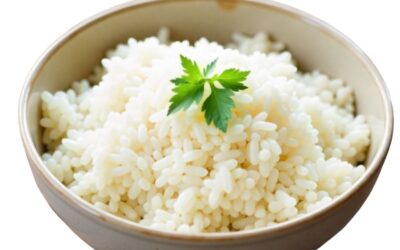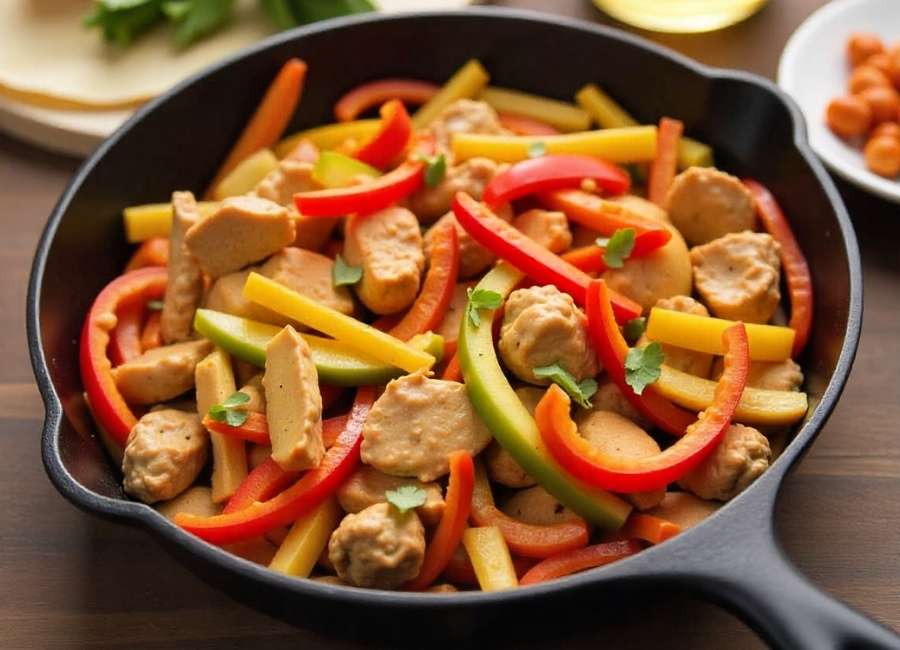Rice is a staple food for billions of people around the world, yet cooking it perfectly can feel surprisingly tricky. (Which countries eat the most rice?, 2025) Many home cooks struggle with rice that turns out too mushy, too crunchy, or stuck to the bottom of the pot. If you’ve ever been frustrated by inconsistent results, you’re not alone. The good news is that achieving fluffy, delicious rice is easier than you think.
This guide will walk you through the essential steps and techniques for cooking perfect rice. We’ll cover everything from choosing the right type of rice to mastering the ideal water-to-rice ratio. By the end of this post, you’ll have the confidence and knowledge to cook consistently great rice for any meal.
Choosing Your Rice
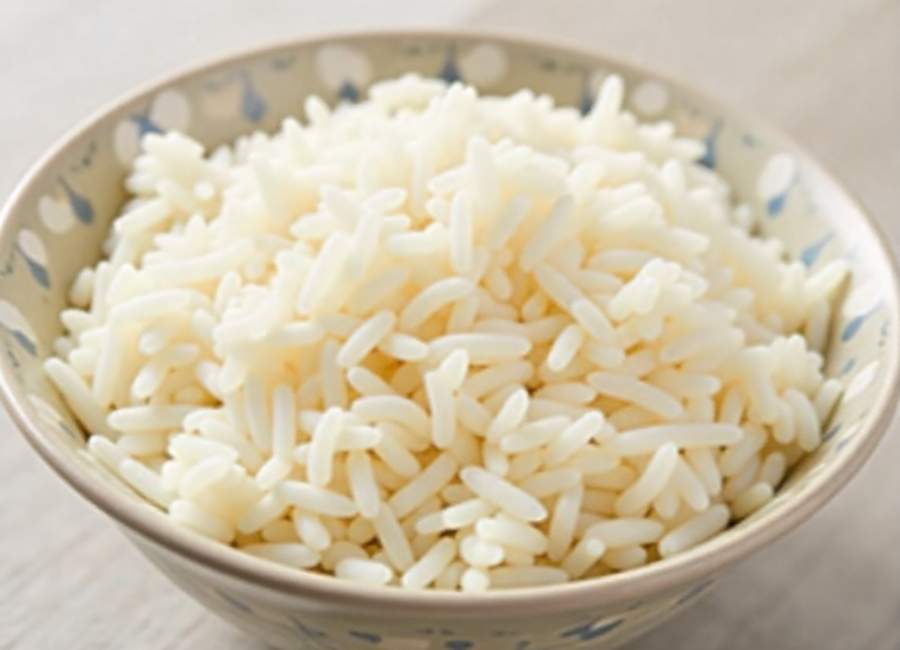
The first step to perfect rice is selecting the right grain. Different types of rice have unique textures, flavors, and cooking requirements. Understanding these differences will help you achieve your desired result.
- Long-grain rice: Varieties like basmati and jasmine have a lower starch content, which helps them cook up fluffy and separate. (Basmati vs. Jasmine Rice: Here Are the Most Important Differences, According to Experts, n.d.) These are excellent choices for side dishes, pilafs, and when you want distinct grains.
- Medium-grain rice: Arborio and Valencia rice are known for their creamy, tender texture when cooked. Their higher starch content makes them ideal for dishes like risotto and paella, where a stickier consistency is desired. (Arborio rice, n.d.)
- Short-grain rice: This type, often used for sushi, is very starchy and becomes soft and sticky when cooked. This quality allows the grains to clump together, making it perfect for rolling into sushi or shaping into rice balls. (What Kind of Rice is Sticky for Sushi?, n.d.)
- Brown rice: As a whole grain, brown rice contains the bran and germ, which gives it a nuttier flavor and a chewier texture. It also requires more water and a longer cooking time than white rice. (Brown rice, 2023)
- Wild rice: Technically a grass seed, not rice, wild rice has a firm texture and a distinctive earthy flavor. It’s often mixed with other rice varieties to add texture and visual appeal. (Sandhill Wild Rice, n.d.)
For this guide, we will focus on the most common method for cooking long-grain white rice, like basmati or jasmine.
The Foundation: Rinsing Your Rice
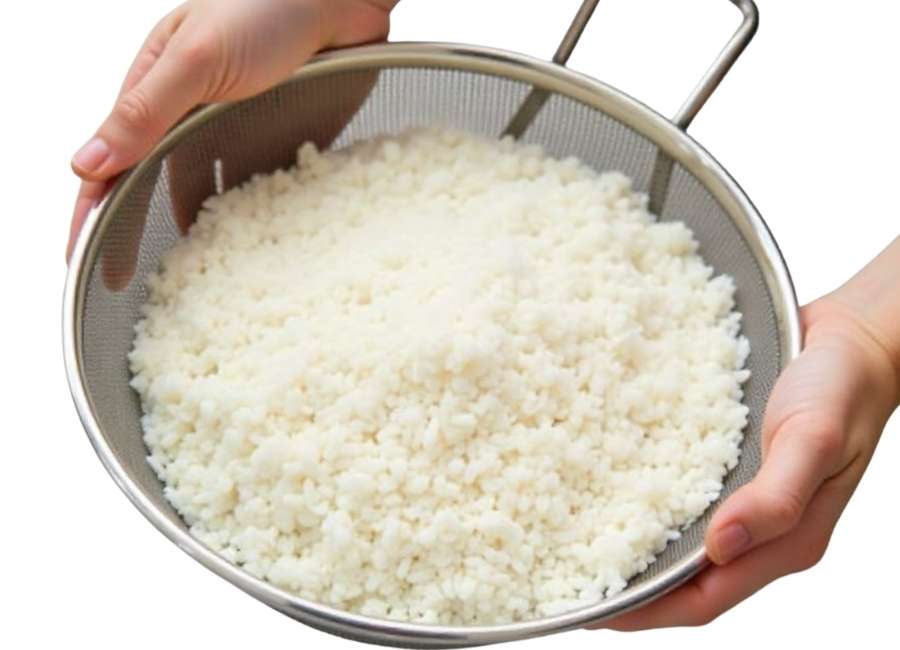
One of the most overlooked yet crucial steps in cooking rice is rinsing it before you cook. Rinsing removes the excess surface starch that can cause the grains to become gummy and stick together. (Rinsing vs. Not Rinsing Rice: Which Method Yields Better Results for Rice Preparation?, 2025) This simple action is the secret to achieving light, fluffy rice where each grain is perfectly defined.
To rinse your rice, place it in a fine-mesh sieve and run it under cold water. Use your fingers to gently agitate the grains. You’ll notice the water running through will be cloudy at first. Continue rinsing until the water runs clear, which usually takes about a minute. Afterward, let the rice drain completely in the sieve for a few minutes to remove excess water.
Mastering the Water-to-Rice Ratio
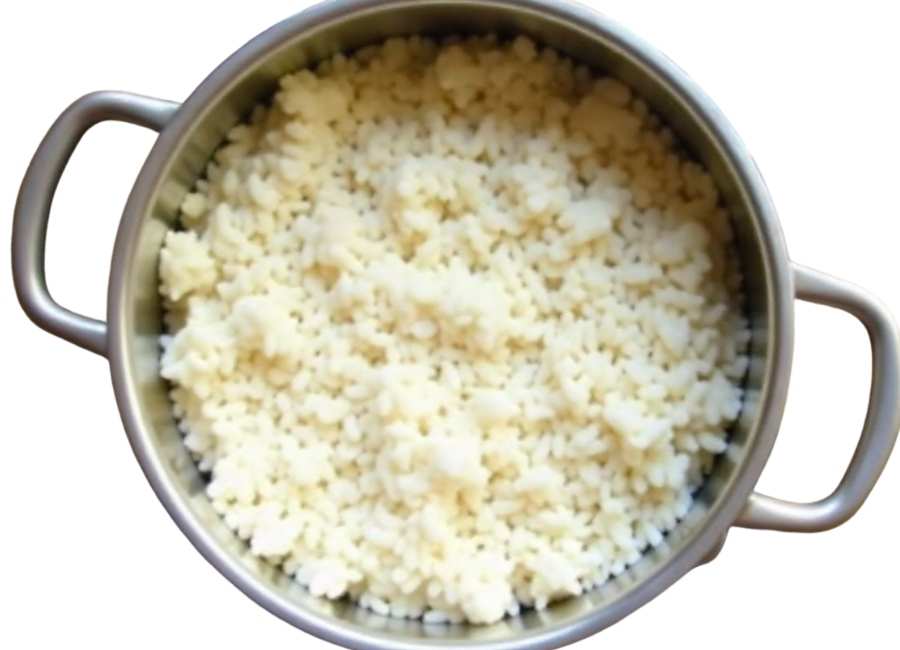
The most common point of failure when cooking rice is using the wrong amount of water. Too much water leads to a soggy, mushy mess, while too little results in hard, undercooked grains.
A reliable starting point for most long-grain white rice is a 1:1.5 ratio, meaning you use one and a half cups of water for every one cup of rice. For brown rice, a ratio of 1:2 is generally recommended. (Rice-to-Water Ratio Chart: Measurements for Every Type of Rice, n.d.)
However, these ratios can vary slightly based on the specific type of rice, the age of the rice, and even the pot you use. It’s a good idea to check the package instructions for the specific variety you’re using. If you find your rice is consistently too wet or too dry, adjust the water by a couple of tablespoons in your next batch until you find the perfect balance.
Step-by-Step Stovetop Cooking Method
The stovetop method is a classic and reliable way to cook rice. All you need is a pot with a tight-fitting lid.
1. Combine Rice and Water
Place your rinsed and drained rice in the pot. Add the appropriate amount of cold water. For extra flavor, you can add a pinch of salt and a small amount of butter or oil at this stage. This helps to further separate the grains and adds a subtle richness.
2. Bring to a Boil
Place the pot on the stove over medium-high heat and bring the water to a rolling boil. It’s important to do this without the lid on so you can see when it starts boiling. Once it’s boiling, give the rice one final, gentle stir to ensure it’s not sticking to the bottom of the pot.
3. Reduce Heat and Simmer
As soon as you’ve stirred it, immediately reduce the heat to the lowest possible setting. Cover the pot with a tight-fitting lid. This is a critical step—do not lift the lid from this point forward. Peeking will let the steam escape, which is essential for cooking the rice evenly.
Let the rice simmer for about 15-18 minutes for white rice, or 40-45 minutes for brown rice. The exact time will depend on your stove and the type of rice.
4. Let it Rest
Once the cooking time is up, turn off the heat but do not remove the lid. Let the pot sit, undisturbed, for at least 10 minutes. This resting period allows the steam to redistribute throughout the rice, finishing the cooking process and ensuring every grain is perfectly tender. This is the final secret to fluffy, non-sticky rice.
5. Fluff and Serve
After the resting period, remove the lid. You should see small craters on the surface of the rice, which indicates the water has been fully absorbed. Use a fork or a rice paddle to gently fluff the rice, separating the grains. Serve immediately.
Take Your Rice to the Next Level
You now have the fundamental knowledge to cook perfect rice every time. Once you feel comfortable with the basic technique, you can start experimenting with different variations. Try substituting water with chicken or vegetable broth for added flavor, or infuse your rice with aromatics like a bay leaf, a cinnamon stick, or a few cardamom pods. The possibilities are endless.
With these steps, you’re well on your way to making rice a delicious and reliable part of your meals, rather than a source of kitchen anxiety.










